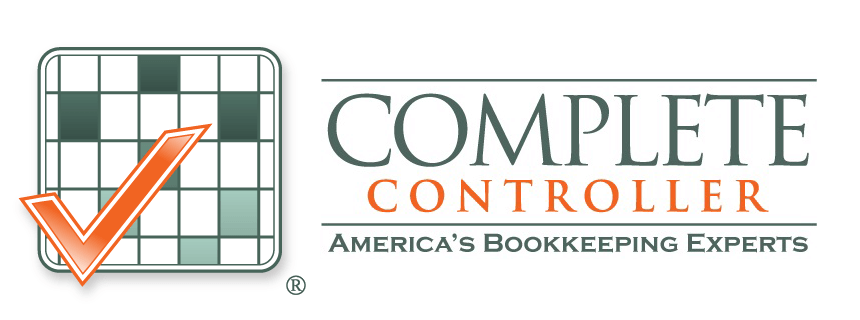The fundamental principles of financing
- Interest rates are constantly fluctuating. It implies that any interest rate could change at any time. Most people believe they understand how interest rates work, but your bank would not charge a payday loan with an APR of more than 10% if this were true. You will undoubtedly fall into problems if you do not pay off your monthly payments! Even if you understand how interest rates work, you should consider how much money it will cost you to borrow over your lifetime.

- Debt is inexhaustible. You commit to paying a particular amount back each month when you get a credit card. However, it’s doubtful that you’ll use all your borrowed money. As a result, even if you start paying $1,000 per month, you may only spend $300 per month. Therefore, you must ensure that you budget correctly to prevent becoming in debt.
- Credit cards are addictive. They make you feel better when you’re short on cash, but if you use them frequently, they’ll cause significant difficulties later. You’ll eventually be unable to pay anything else because your overall debt will have grown significantly. So, before it’s too late, learn from my mistakes.
- Do not divulge personal information. Several organizations require your social security number and date of birth to obtain approval for a credit card. Don’t give it out if you don’t want someone looking through your bank records! Also, be cautious about who you reveal your current address; some fraudsters attempt to take identities from unsuspecting people.
- Always make full payment after each billing month. Your bank doesn’t care if you used your card for $100 or $10,000; it just wants its money! So, to keep your account active, make sure you pay the minimum amount required.

- Don’t use your credit card for impulsive buying. A credit card might be helpful when shopping for necessities, but going overboard may not be a good idea. Instead, keep your expenditures in check and save your hard-earned money for something else.
- The percentage rate that a lender charges a borrower depending on the amount borrowed is known as the interest rate.
- The original amount of money borrowed (in this case, $20,000) is the principal.
- Duration: This is the time you must repay the principal plus interest (for instance, two years).
- Amortization table: This graph shows your monthly payments, principal repayment, and interest owed for each.
- Annual Percentage Yield: APR stands for annual percentage yield in finance, and it’s what most people refer to as the interest rate. The higher the annual percentage yield (APY), the better the bargain for borrowers. For example, with a 5% APR, the total cost over five years might range from $2,400 to $24,000, depending on the amount borrowed.
- Capitalized Cost: This is the money you’ll need to get your business up and running. You can start your firm with some or all your own money, but you’ll need to consider those fees in your financials if you take out any loans.

- Your monthly payments cover both the principal and any accrued interest. You have paid off the balance owed if you make 12 monthly payments on the amount borrowed. The bank will most likely forgive the remainder of any leftover principal debt at that time. It means you have complete ownership of the property!
- You will need to pay more than the minimum payment set in your contract to get out of debt. Paying less means the bank will charge you more interest on the percentage of the loan that you haven’t paid off.
- When you buy something with cash, someone agrees to sell you their goods or services for a specific price today. That person has decided to accept money or currency in exchange for the item. Note that someone might agree to sell you something but refuse to take any credit card for payment, including debit cards. If this occurs, the seller knows you have insufficient funds to cover the purchase and will not accept the transaction.
- It would be great to comprehend how much money you have coming in each month. You can do this by keeping track of your income and expenses. However, it would be best if you also calculated your net worth. If you are having trouble calculating these figures, you may want to seek help from a professional.
- What is my total debt? After calculating your monthly income, you’ll need to figure up your monthly expenses. To calculate your average monthly payment, sum all your loans (mortgage, vehicle loan, credit card debt) and divide the total by 12. Then deduct your costs from your revenue to see how much money is left.
- How does my credit score reflect my character? Your credit score mirrors how well you manage your money. For example, a high credit score indicates that you pay your payments on time and have a limited number of open accounts. Your credit score is determined by the information contained in your credit reports.
 About Complete Controller® – America’s Bookkeeping Experts
About Complete Controller® – America’s Bookkeeping Experts Complete Controller is the Nation’s Leader in virtual bookkeeping, providing service to businesses and households alike. Utilizing Complete Controller’s technology, clients gain access to a cloud platform where their QuickBooks™️ file, critical financial documents, and back-office tools are hosted in an efficient SSO environment. Complete Controller’s team of certified US-based accounting professionals provide bookkeeping, record storage, performance reporting, and controller services including training, cash-flow management, budgeting and forecasting, process and controls advisement, and bill-pay. With flat-rate service plans, Complete Controller is the most cost-effective expert accounting solution for business, family-office, trusts, and households of any size or complexity.




 About Complete Controller® – America’s Bookkeeping Experts Complete Controller is the Nation’s Leader in virtual bookkeeping, providing service to businesses and households alike. Utilizing Complete Controller’s technology, clients gain access to a cloud platform where their QuickBooks™️ file, critical financial documents, and back-office tools are hosted in an efficient SSO environment. Complete Controller’s team of certified US-based accounting professionals provide bookkeeping, record storage, performance reporting, and controller services including training, cash-flow management, budgeting and forecasting, process and controls advisement, and bill-pay. With flat-rate service plans, Complete Controller is the most cost-effective expert accounting solution for business, family-office, trusts, and households of any size or complexity.
About Complete Controller® – America’s Bookkeeping Experts Complete Controller is the Nation’s Leader in virtual bookkeeping, providing service to businesses and households alike. Utilizing Complete Controller’s technology, clients gain access to a cloud platform where their QuickBooks™️ file, critical financial documents, and back-office tools are hosted in an efficient SSO environment. Complete Controller’s team of certified US-based accounting professionals provide bookkeeping, record storage, performance reporting, and controller services including training, cash-flow management, budgeting and forecasting, process and controls advisement, and bill-pay. With flat-rate service plans, Complete Controller is the most cost-effective expert accounting solution for business, family-office, trusts, and households of any size or complexity.




